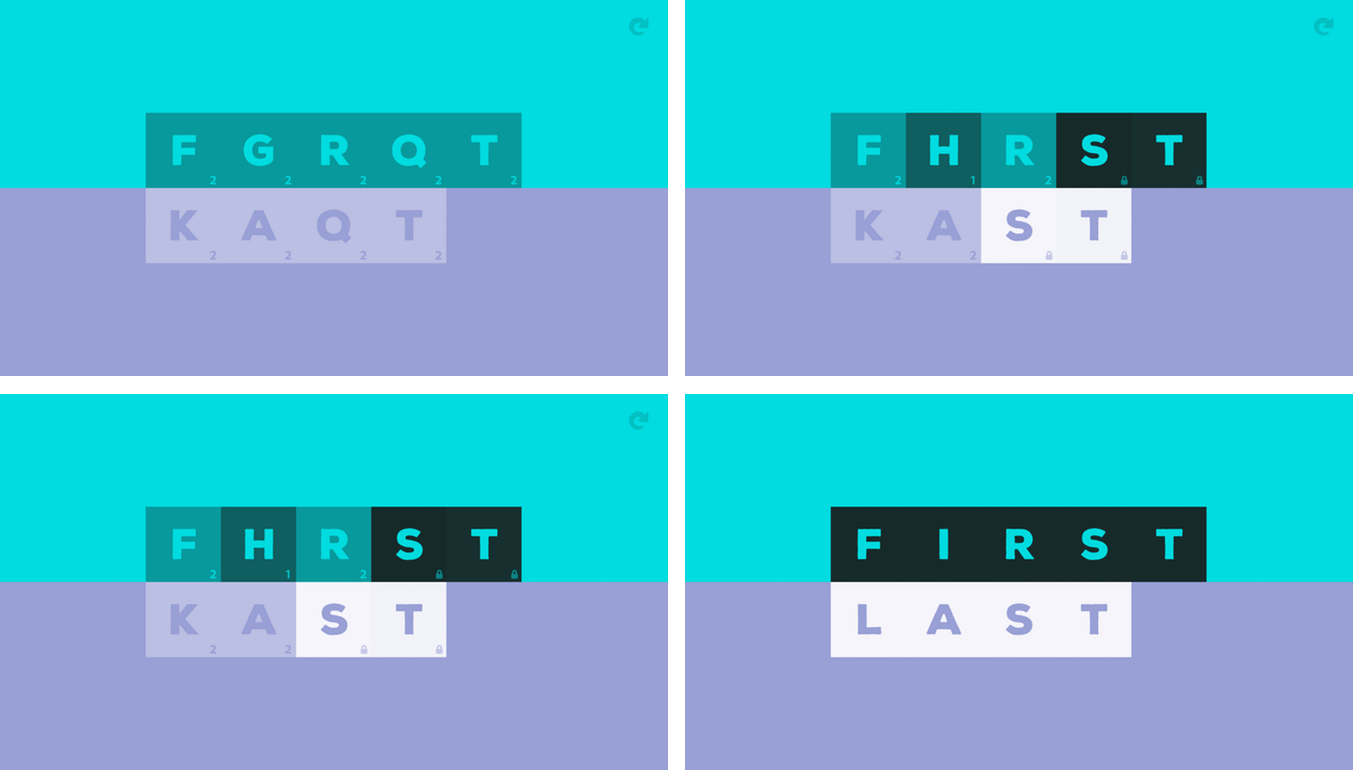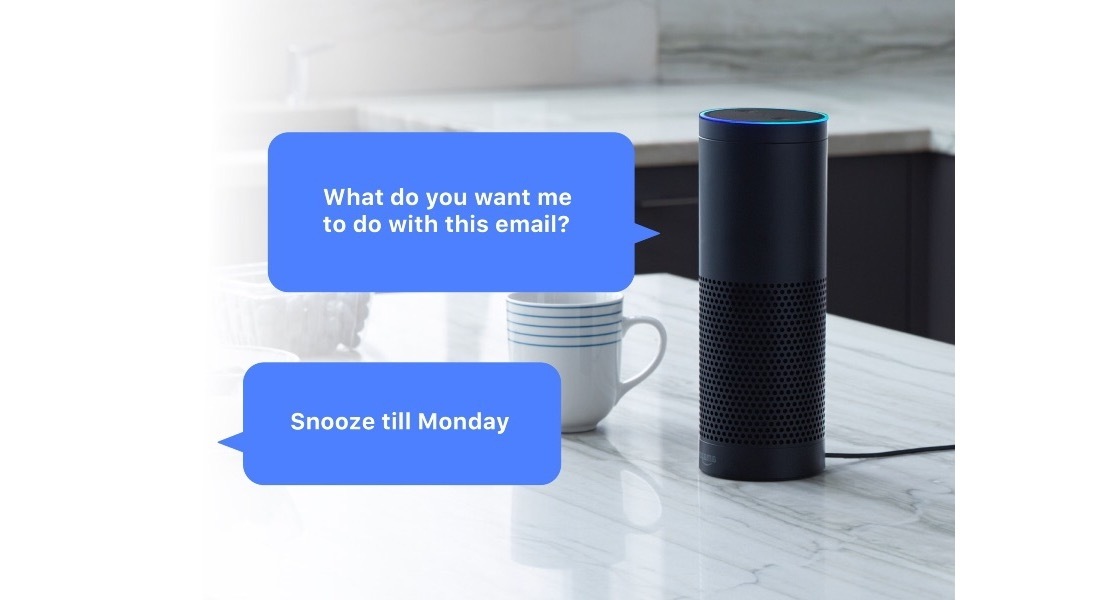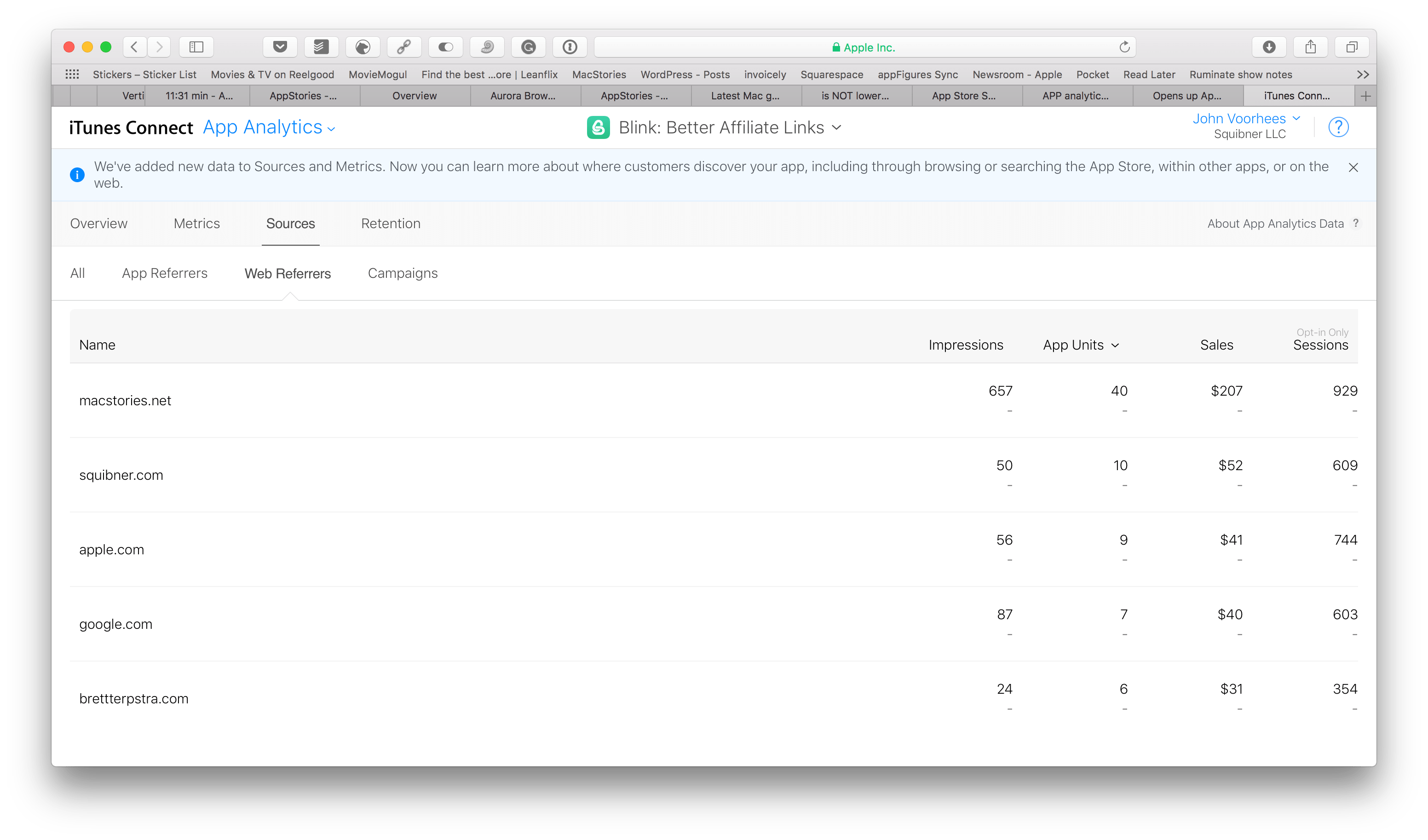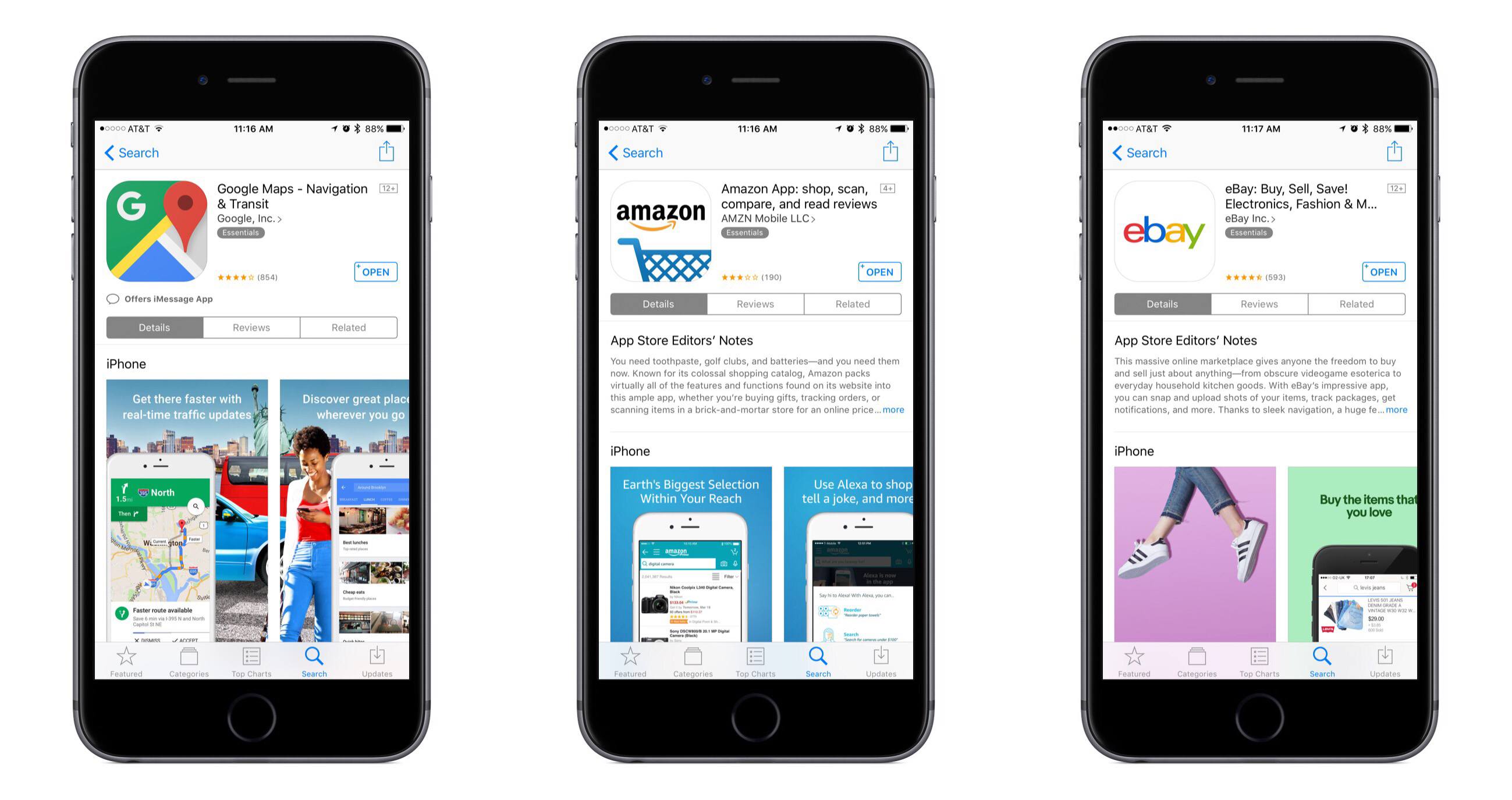The clean, elegant design of Antitype caught my eye immediately. It’s a scrambled word game from BorderLeap that’s all about opposites. From its design to its gameplay, what makes Antitype unlike other word games is its unique approach that requires you to think about its puzzles differently than you would other word games. That makes the rules a little hard to grasp when you first try Antitype, but once you have the system down, it’s addicting.
Game Day: Antitype
Remaster, Episode 34: Drifting All the Way→
Nintendo earnings report news, new Zelda DLC info, and a review of Mario Kart 8 Deluxe.
A lot of interesting Nintendo news on this week’s Remaster, plus a teaser of the topic we’re going to cover in two weeks. You can listen here.
Sponsored by:
- Squarespace: Make your next move. Enter offer code INSERTCOIN at checkout to get 10% off your first purchase.
Phil Schiller on App Store Upgrade Pricing→
Gadgets 360’s Kunal Dua interviewed Apple’s Phil Schiller last month and, among questions about voice-only assistants, he also asked about upgrade pricing on the App Store.
Gadgets 360: With all the recent changes in the App Store, can developers expect to see upgrade pricing next?
Phil Schiller: The reason we haven’t done it is that it’s much more complex than people know, and that’s okay, it’s our job to think about complex problems, but the App Store has reached so many successful milestones without it because the business model makes sense to customers. And the upgrade model, which I know very well from my days of running many large software programmes, is a model from the shrink-wrapped software days that for some developers is still very important, for most, it’s not really a part of the future we are going.I think for many developers, subscription model is a better way to, go than try to come up with a list of features, and different pricing for upgrade, versus for new customers. I am not saying it doesn’t have value for some developers but for most it doesn’t, so that’s the challenge. And if you look at the App Store it would take a lot of engineering to do that and so would be at the expense of other features we can deliver.
For example, the App Store has one price for an app, when you see it, you see if there’s a price on it, that’s the price. It doesn’t have multiple prices for multiple tiers of customers so to engineer that in, it’s not impossible, but a lot of work for a small segment of software that we hope for many of them, subscription pricing is a better model, the one where the customers are comfortable with. So we’ll keep talking to developers about what’s most important on their list, we want them to keep telling is if that [upgrade pricing] is high on the list or not, and we’ll keep an open mind to it, but it’s harder than people realise.
Schiller’s point makes sense – rather than retrofitting the App Store for old software pricing systems, Apple has found success with a new, simpler model. It’s also true, however, that upgrade pricing has worked successfully for developers that have never sold “shrink-wrapped software” – companies that want to retain their most loyal customers without forcing them to sign up for a subscription. You don’t need to sell software on physical discs for upgrade pricing to make sense.
It’ll be interesting to see how developers – especially on iOS and the iPad (if WWDC brings new incentives to the platform) – will continue to adapt and try different strategies. We’ve seen some signs of this over the past year, with The Omni Group shifting to In-App Purchases and productivity apps relying on subscriptions, and I hope Apple will add even more flexibility to these new models at WWDC.
Connected, Episode 140: Elaborate System of Mirrors→
Myke is putting wax seals on everything, and Stephen is backing documentaries about antique computing devices. Once that’s finished, the two talk about Apple’s rumored Siri-in-a-Canister product and Amazon’s recent Alexa news.
I wasn’t on Connected this week, but Myke and Stephen had a great discussion on voice assistants from Amazon and Apple, and what a Siri speaker could mean for the company’s app platforms. You can listen here.
Sponsored by:
Apple Highlights U.S. Job Creation on Website→
Apple has updated its website with a page focusing on U.S. job creation. Perhaps the most significant number listed is the claim that Apple has created over 2,000,000 U.S. jobs when counting its corporate employees, suppliers, and work supported by the App Store ecosystem.
Much of the information given on the site is extremely detailed, such as the state-by-state breakdown that includes the following data for each of the 50 states:
- How many Apple employees work there;
- How many App Store-related jobs are funded there (as seen in the image above);
- The number of retail stores there;
- The number of suppliers based there; and
- A highlighting of App Store apps that were created there.
The data is fascinating and extensive, and worth checking out. Some of the interesting tidbits I learned about my home state of Texas are that it contains the second largest base of Apple corporate employees in the world, and that the indie game Reigns was developed here.
Email Service Newton Launches Amazon Alexa Support→
Newton, the email client for power users, today launched Amazon Echo integration with an Alexa skill. The skill enables email management with nothing but your voice; in addition to having Alexa read emails to you, you can perform the following list of actions by voice:
- Snooze
- Mark as read
- Delete
- Archive
- Mark as spam
Replying to or composing new emails is not possible with Alexa, but personally, I don’t think I would trust a voice assistant to write my emails anyways – at least not until the technology grows more foolproof. The option to perform simple actions by voice, like archiving or snoozing messages, is much more appealing.
Newton’s expansion to Alexa-equipped devices follows the introduction of a Windows version of the client in beta form earlier this week. As a daily Newton user, I wrote about the iOS and macOS versions last Friday for Club MacStories members, and look forward to seeing the service continue to grow and improve.
iTunes Connect’s App Analytics Adds Source and Referrer Data
Two years ago, Apple rolled out App Analytics on its iTunes Connect developer portal. Originally announced at WWDC in 2014, App Analytics gave developers a better understanding of how and when their apps were used, how many views their app’s page on the App Store received, and more. However, the original version of App Analytics did not report how customers got to the App Store.
Yesterday Apple announced an expansion to App Analytics that adds source and referral data. According to Apple’s developer news website:
App Analytics in iTunes Connect now provides insight on where customers discover your app, including App Store browsing and search, within other apps, or on the web. With key metrics based on source types, you can see your top referring apps and websites, making it easier to optimize your marketing campaigns.
Apple’s App Analytics page elaborates:
With App Analytics, you can see how many users discover your app while searching or browsing the App Store — including tapping on Search Ads for your app — to gain insight into how your marketing and metadata impact downloads.
App Analytics counts users who visit your app’s product page from a link within another app.
Blogs, websites, and other online sources that link to your app’s product page, are critical in driving user acquisition through word-of-mouth marketing and PR. With App Analytics, you can see which organic marketing channels drive the highest traffic, downloads, usage, and revenue for your app.
There is a lot of interesting new data for developers to digest in App Analytics that should help them market their apps more effectively. I particularly appreciate the ability to drill down into any source of App Store traffic to see how it has performed over time and from which countries those customers are coming.
Fast Time Zone Conversions with Zones
I find myself dealing with time zone conversions more often these days. The MacStories team has grown and we’re all in different time zones; with AppStories, we’ve begun interviewing guests, and it can be tricky to coordinate times that work for everyone. While I’ve mostly learned to perform time zone calculations in my head, it can still be difficult when I’m dealing with cities I don’t know, or when countries change to DST in different periods of the year. I still appreciate a good utility that converts time zones for me.
Apple Watch Support Removed from Major Apps→
Neil Hughes of AppleInsider reports that major apps like Google Maps, Amazon, and eBay have all quietly removed support for the Apple Watch.
Google released a comment on the story stating their intention to reinstate Watch support in the future.
.@Google comment on @Apple Watch: “We removed Apple Watch support from our latest iOS release but expect to support it again in the future”
— Shara Tibken (@sharatibken) May 2, 2017
While apps like Amazon and eBay may not be well-suited for the Apple Watch to begin with, the bigger story here is how long it took for anyone to notice that the Watch apps were removed. Hughes writes:
The fact that these high-profile removals have gone largely unnoticed could be a sign that the apps simply were not widely used. In contrast, removing iPad support from an iOS app, for example, would likely be noticed immediately and generate headlines.
The Apple Watch has proven to be a challenging platform for developers to find success on. Initially that could be attributed to slow hardware and limited developer tools, but Apple has made significant improvements with watchOS 3 and its 2nd-generation hardware. Perhaps part of the challenge is that not every app belongs on the Apple Watch, and for the ones that do, the implementation has to be just right.








